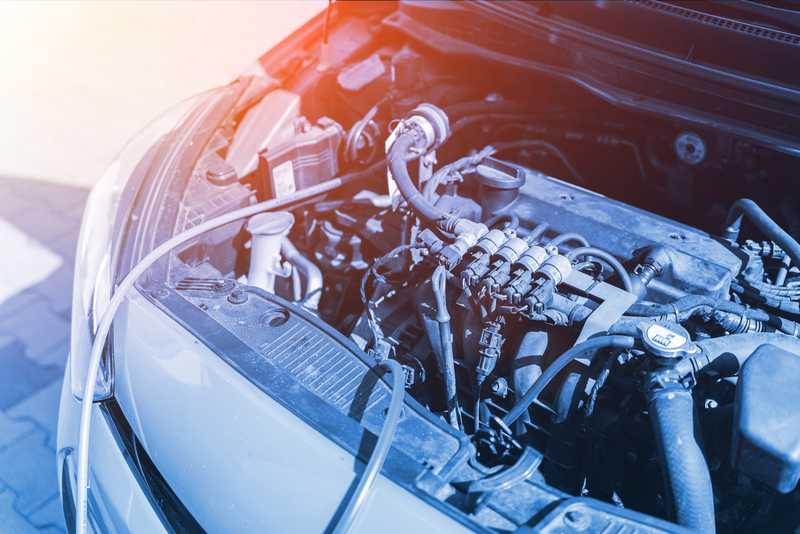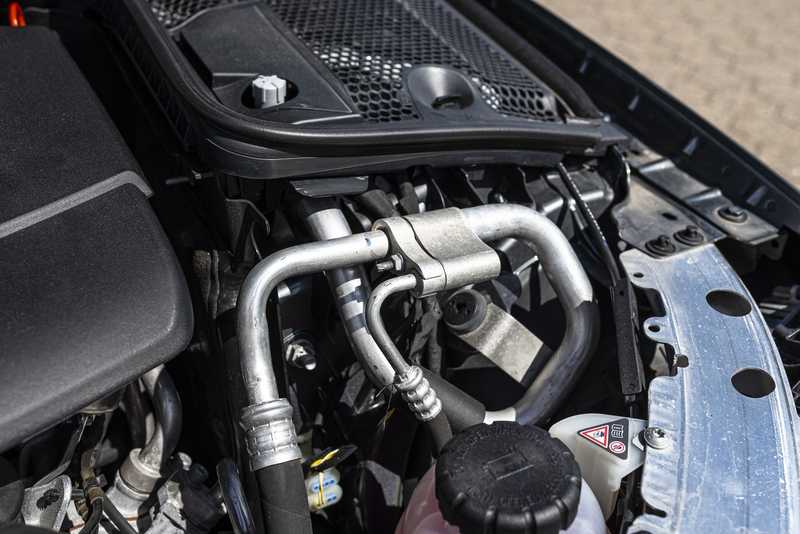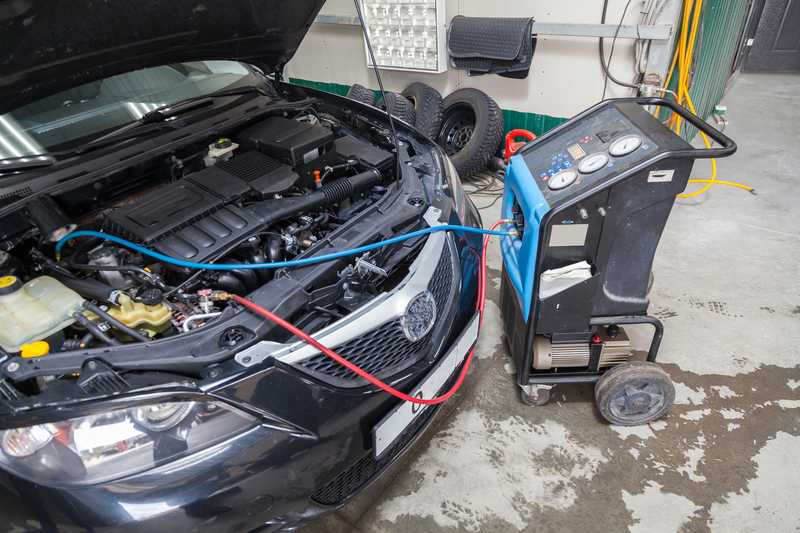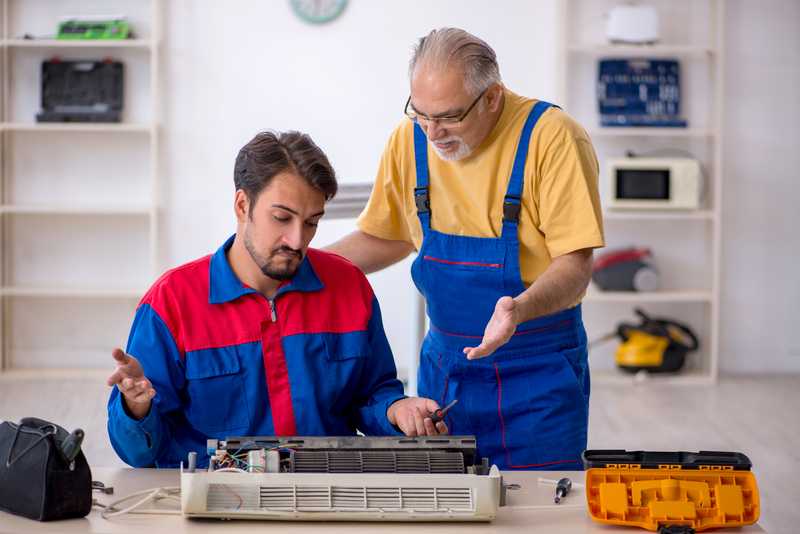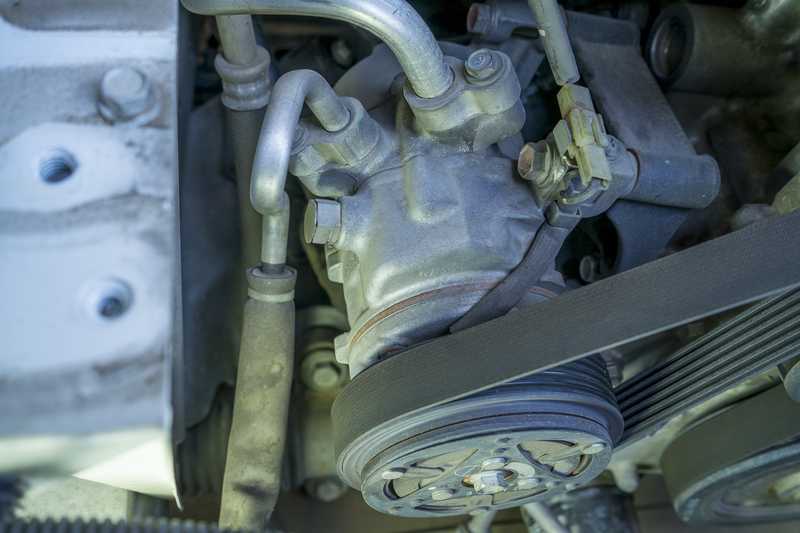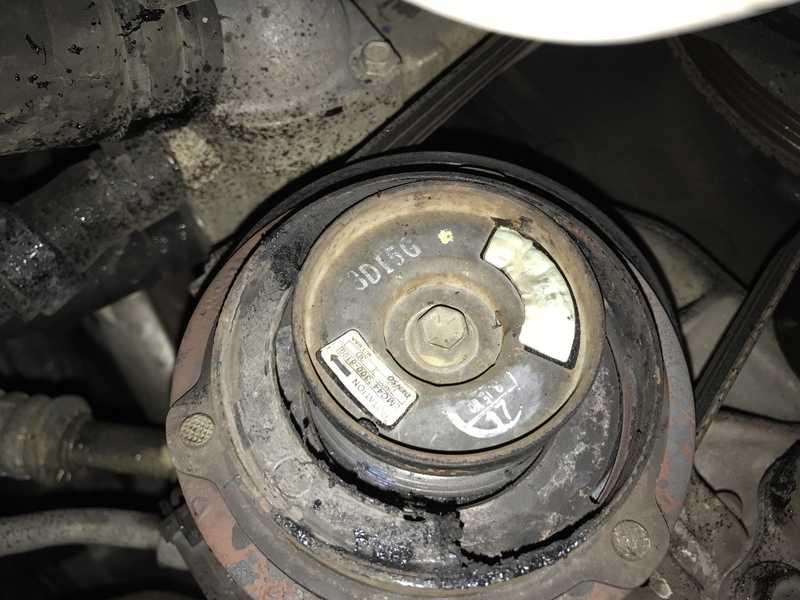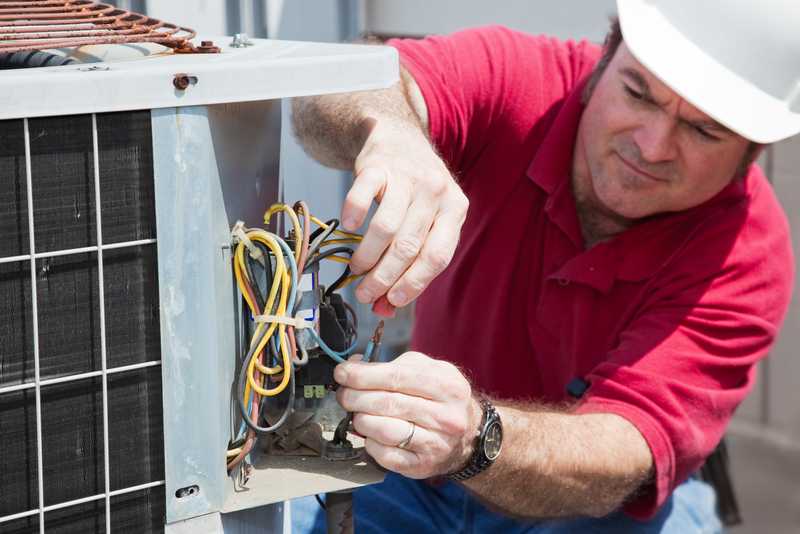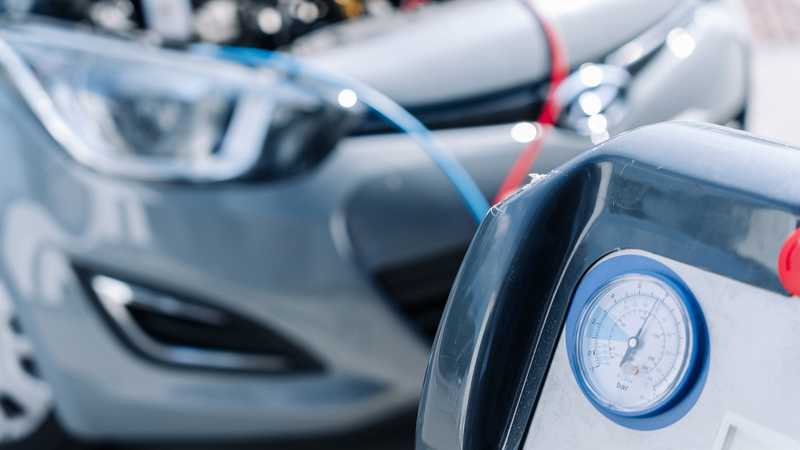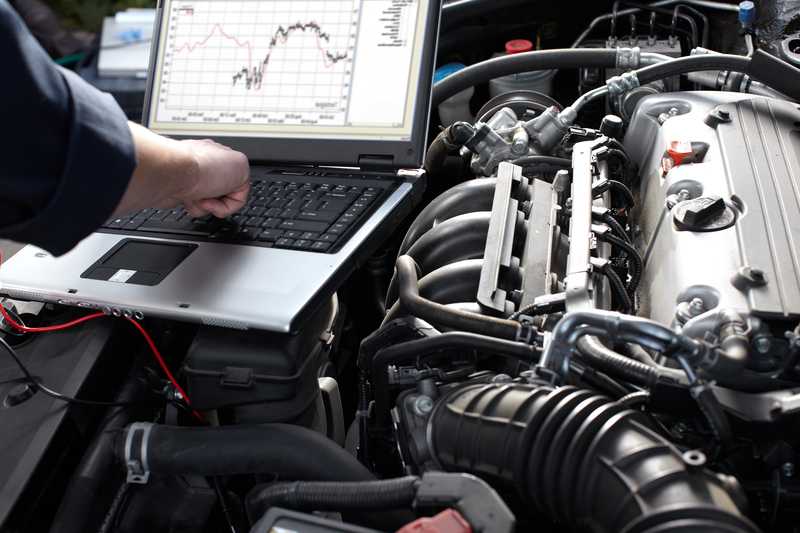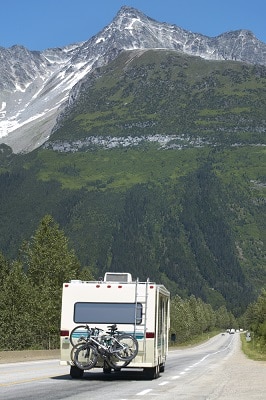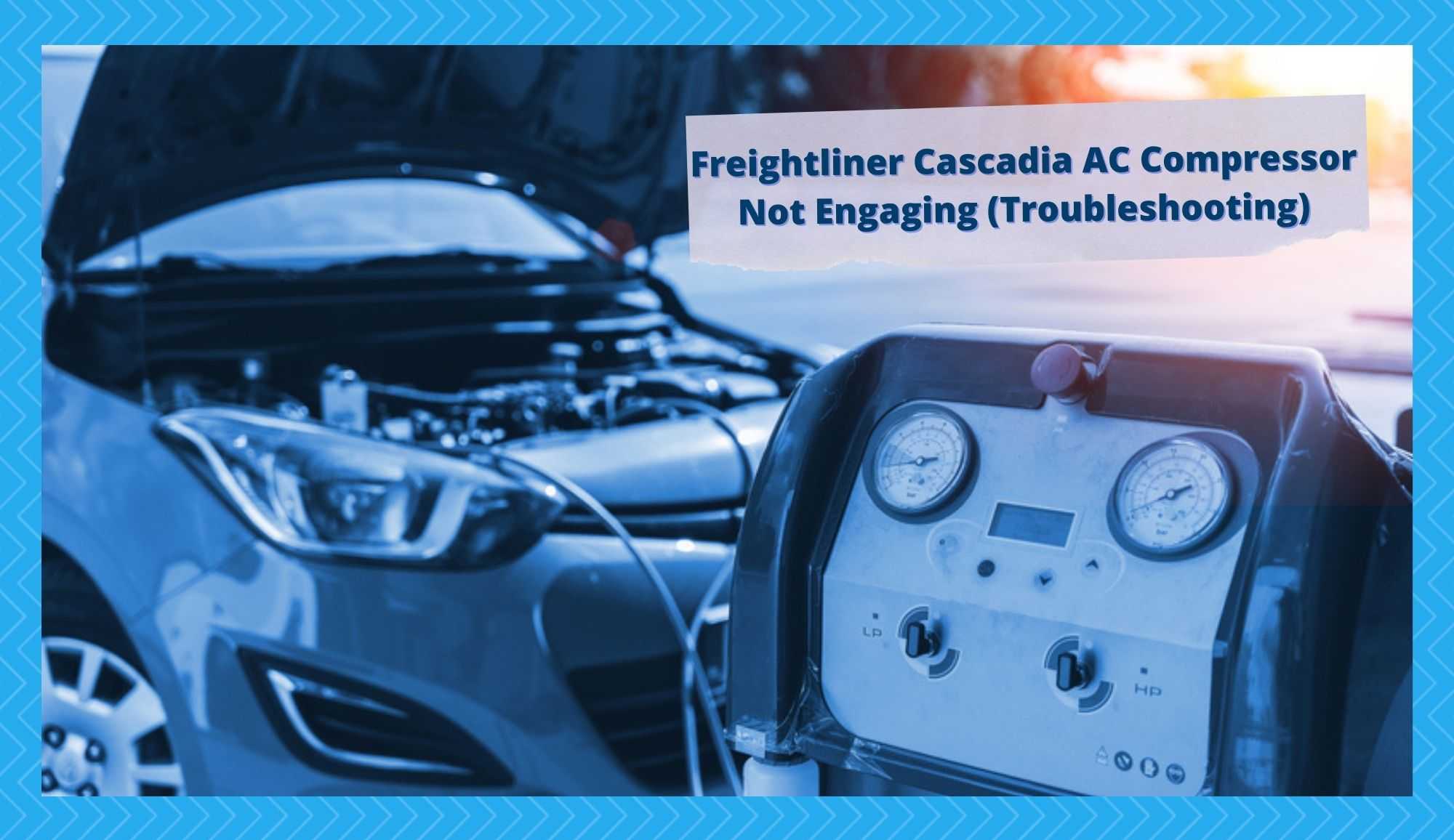
Taking care of your recreational vehicle is like babysitting a toddler. You never know when the tantrums will kick in. One minute you’re sitting comfortably on the couch, and the next minute you’re unscrewing the vent on your air conditioning that just broke down.
Malfunctions become more frequent as your RV ages or if you don’t take care of it properly. It would be best if you spent the first few years of ownership learning the necessary skills to deal with these malfunctions.
Your engine’s cooling system is one of the first items in your RV that will test your patience. There will come a time when it will suddenly stop working due to a busted compressor, and your engine will start overheating.
This can be particularly dangerous in winter when your engine relies on the cooling system and radiator to heat the cab.
But how do you fix it? First off, find out why it stopped working. While there are many possible reasons for this problem, a broken compressor is the most likely.
In this article, we’ll walk you through troubleshooting a Freightliner Cascadia AC compressor (not just any compressor) that’s not engaging. We’ll also touch on other aspects essential to understanding the AC system to prepare you for even worse problems.
What is a compressor?
Before lifting the hood, it’s crucial to understand what a compressor does. This essential component is responsible for circulating refrigerant gas within the engine’s AC system, which helps cool the air under the hood. It uses a motor to power a piston, which compresses the refrigerant gas. This increases the temperature and pressure of the gas.
The hot, pressurized gas then passes through a series of coils called an evaporator, where it cools down and turns back into a liquid. As the liquid refrigerant passes through the evaporator, it absorbs heat from the surrounding air, cooling it down.
It then goes back to the compressor, where the cycle starts again. That is engine air conditioning in a nutshell.
Where can you find the AC compressor?
The compressor is typically located on the passenger side of the engine, near the bottom. It is a small, cylinder-shaped component with several wires and hoses attached to it. You can easily spot it because most of its components are static, except for the belt and wheel.
However, the refrigerant flows throughout a complex network of tubes and coils. So if something happens to the compressor, the problem will affect the rest of the system. This means you should expand the scope of your inspection and cover the evaporator and other areas to get to the bottom of the problem.
About Freightliner Cascadia AC Compressor
Freightliner Cascadia is a line of heavy-duty semi-trucks and RVs produced by Daimler Trucks North America. The Cascadia model was first introduced in 2007 and has undergone several updates, including adding an AC (air conditioning) option. It is a heavy-duty truck designed for long-haul transportation.
One of the main advantages of Cascadia’s AC compressor is its efficiency. It is designed to operate with minimal energy consumption, helping to reduce fuel costs and lower the vehicle’s overall carbon footprint. It is also equipped with a variable displacement compressor and a programmable thermostat, which help further improve its efficiency.
In addition to its efficiency, Cascadia’s AC compressor is also known for its durability. It is built to withstand the rigors of long-haul trucking and is designed to operate reliably for many miles. This makes it an ideal choice for trucking companies needing a dependable and long-lasting vehicle AC system.
Its reliable performance and long lifespan make it valuable to any trucking fleet.
Troubleshooting Freightliner Cascadia AC compressor Is Not Engaging
A malfunctioning Freightliner Cascadia AC compressor can be a major inconvenience, especially on hot summer days. If you have a Freightliner Cascadia and your AC compressor is not engaging, you can take a few steps to troubleshoot the issue and get it working again.
Before you start, assess your ability and confidence first. Only attempt to repair your Freightliner Cascadia AC compressor or any other engine component if you’re sure you can do it safely. Otherwise, you’ll only cause your AC more harm.
Automotive repair takes skills and experience to perform efficiently and successfully, so it would be a good idea to leave it to the experts.
That being said, there are techniques for troubleshooting a non-engaging Freightliner Cascadia AC compressor that you can do yourself. Here are some of them:
1. The belt may be worn or damaged
Instead of meshing gears together, which is the preferred structure for the transmission system, the compressor has a rotating crankshaft and a belt. The compressor will not engage unless the belt is correctly fitted into the system.
Check the belt, open the hood and locate the belt on the front of the engine. You need a new one if it looks heavily worn down or damaged. That run-down belt can snap anytime with all the forces inside a fired-up engine.
2. The clutch won’t engage or disengage
An engine compressor clutch is what engages and disengages the compressor in the engine’s cooling system. When the compressor is engaged, it compresses the refrigerant gas and circulates it through the system, which is necessary for the AC to function properly.
When the compressor is disengaged, it is not in use, and the system is not cooling the air.
Like any other engine component, this device can wear out over time, which reduces its grip. This is why it fails to engage. You can check the compressor clutch to assess the severity of the damage. Look for a small pulley attached to the compressor and observe its performance.
If it doesn’t turn when the AC is switched on, the clutch is indeed damaged. You need to replace it.
3. Wiring is tangled, loose, or snapped
The compressor is controlled by the AC system’s control module, which sends a signal to the compressor through a series of wires. If these wires are damaged or not connected properly, the compressor will not engage. To check the wiring, locate the control module from under the dashboard on the vehicle’s passenger side.
Follow the wires from the control module to the compressor and look for any damage or loose connections.
4. The refrigerant level is dangerously low
The AC system uses refrigerant to cool the air; if the level is too low, the compressor may not engage. To check the refrigerant level, you must locate the low-pressure port, which is usually on the AC system’s accumulator or the compressor itself.
Next, attach a refrigerant pressure gauge to the low-pressure port and turn on the AC. If the pressure is below the manufacturer’s recommended level, you must add refrigerant.
5. There’s damage to the compressor
If you’ve checked all the above items and the compressor is still not engaging, the compressor itself may be damaged. First, remove the compressor belt and turn the compressor pulley by hand to check for damage.
If the pulley does not turn smoothly or you hear grinding or other unusual noises, the compressor may be damaged and must be replaced. But to ensure a replacement is the best course of action, let a technician look at it.
Troubleshooting a Freightliner Cascadia AC compressor that is not engaging can be challenging. But with patience and some basic knowledge of the compressor’s inner workings, you can pull it off.
Of course, if you need clarification on any of the steps or are uncomfortable attempting the repair yourself, it is always best to consult a professional mechanic.
How to take care of your AC compressor
Taking care of an RV AC compressor is essential for maintaining the unit’s cooling efficiency. Here are some tips on how to do so:
- Keep the area around the compressor clean and free of debris. This will allow proper airflow and prevent dirt or dust from entering the unit.
- Check and replace the air filter regularly. A dirty filter can decrease the efficiency of the compressor and cause it to work harder than necessary.
- Inspect the compressor for any visible damage, such as cracks or leaks. If you notice any issues, it’s best to have a professional handle the repair.
- Keep the compressor well-lubricated by adding oil as needed. This will help reduce wear and tear on the unit.
- Consider using a compressor cover to protect the unit from the elements when not in use. This will help extend its lifespan.
By following these simple maintenance steps, you can ensure that your RV air conditioner compressor stays in good working order and provides reliable cooling for your travels.

